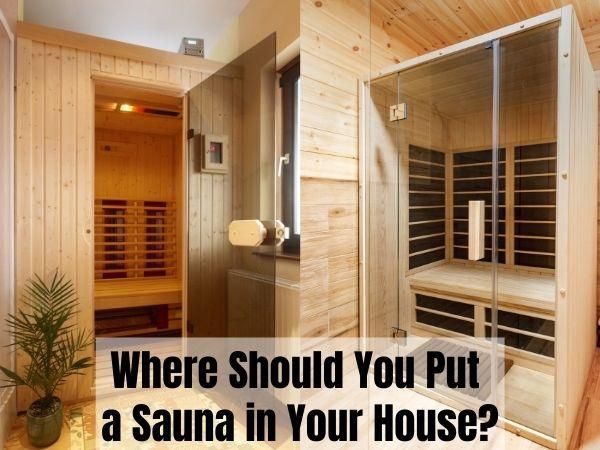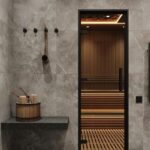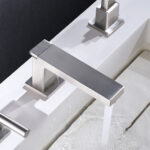When it comes to adding a sauna to your home, one of the first—and most important—decisions is whether to choose an indoor or outdoor sauna. Both options offer unique benefits and come with specific considerations related to space, installation, maintenance, and lifestyle. Understanding these differences will help you pick the sauna that perfectly fits your home and wellness needs.
Space and Installation Differences
Indoor saunas are typically installed inside your home, in spaces like bathrooms, basements, or spare rooms. They often require less weatherproofing but need proper ventilation and moisture control to prevent damage to your home’s interior.
Outdoor saunas are designed to withstand various weather conditions and are usually placed in backyards, patios, or garden spaces. Installation requires a stable, level foundation, and some models, like barrel saunas, are especially built for outdoor durability.
Temperature Control and Ventilation
Indoor saunas benefit from controlled environments, making it easier to maintain consistent temperatures. Good ventilation systems are crucial to prevent mold and humidity buildup indoors.
Outdoor saunas, exposed to changing weather, often have thicker insulation and weatherproofing features to retain heat efficiently. They provide the added benefit of fresh air and natural surroundings, which can enhance relaxation.
Maintenance and Durability
Indoor saunas generally require less heavy-duty materials but must be protected from excessive moisture, which can damage walls and floors. Routine cleaning and ventilation checks keep the space safe and comfortable.
Outdoor saunas demand materials resistant to rain, snow, and UV exposure—like cedar or redwood—and may require periodic treatments to preserve wood quality. Despite this, many outdoor sauna owners find the natural setting worth the extra upkeep.
Privacy and Ambiance Factors
Indoor saunas offer privacy and convenience, perfect for quick sessions any time of day. The ambient noise level is controlled, and you’re shielded from outdoor distractions.
Outdoor saunas create a unique ambiance by letting you connect with nature. Imagine steaming under the stars or enjoying a sauna followed by a cool breeze. This setting can amplify the overall wellness experience but may involve planning around weather and privacy.
Cost Comparison and Long-term Value
Indoor saunas may involve additional costs for electrical work, ventilation systems, and moisture barriers. However, they typically require less rugged construction.
Outdoor saunas often have a higher upfront cost due to weatherproof materials and foundations but can add significant value to your property. Many users consider the investment worthwhile for the lifestyle benefits.
Final Thoughts
Choosing between an indoor and outdoor sauna ultimately comes down to your home layout, lifestyle preferences, and how you want to enjoy your sauna sessions. Both offer excellent health and relaxation benefits when properly selected and maintained.
At Hot-O.org, we offer a variety of high-quality indoor and outdoor saunas designed to meet diverse needs. Contact us at 📧 sales@hot-o.org for expert guidance on picking the perfect sauna for your space.












